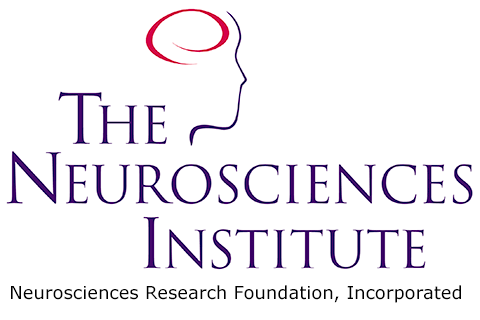
Theoretical models are valuable partners with experimental biology. Models provide the means to interpret existing biological data, make testable predictions, and guide the design of experiments. As Einstein famously said to Heisenberg, it is the theory that determines what we can observe.
For four decades, The Neurosciences Institute developed a theoretical approach called synthetic neural modeling, where large-scale computer simulations of nervous systems based on realistic approximations of anatomical and physiological data are used to learn about the brain. The functions of the nervous system arise only as it interacts with the rest of the body and as an individual engages in a behavior in the world. This idea is expressed by the statement that "the brain is embodied, and the body is embedded." Thus the Institute's synthetic neural models are "embodied" in robot-like devices; these brain-based devices (BBDs) carry out behavioral tasks in their environment and learn from their own experiences, just like humans do. They have been used to study the neural bases of perception, operant and fear conditioning, episodic and spatial memory, navigation, and motor control. (For a brief review, see this Science article.) The approach has yielded a number of important insights and led to predictions that have been confirmed in studies of living animals.